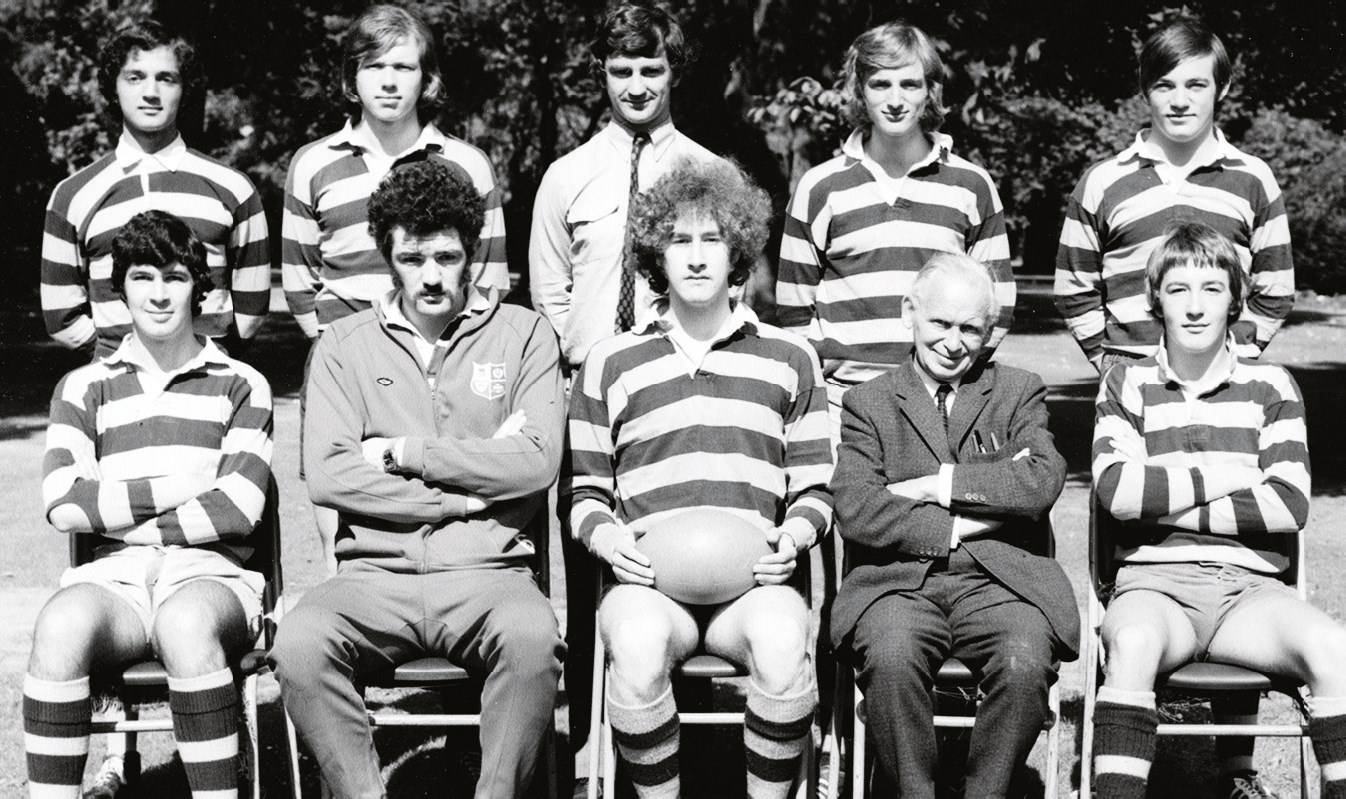
Brendan Gallagher continues his series looking at rugby’s great schools


FOR well over a century Emanuel School – situated just south of Clapham Junction and north of Wandsworth Common in a triangle of land between two mainline train routes – has been a south London rugby stronghold deep in football territory.
Many of you travelling on the Brighton-London line will have passed the school’s First XV pitch without knowing – that long high bricked wall on your left just before you come into Clapham hugs the touchline.
The noise seems deafening and distracting for visiting teams but just as those who live under the Heathrow flightpath don’t hear aeroplanes, Emanuel rugby players quickly become oblivious to trains.
Emanuel used to be a major football school but switched to rugby in 1902 as the school magazine the Portcullis recalled:
“On April 5th Emanuel School brought their football season to a close with a match, under the Rules of the Rugby Football Union. The Catford Bridge FC kindly sent a team to oppose us; the day was unfortunately wet, and there were many “muddied oafs” to be seen about the School after the game. Our boys must be congratulated on the plucky game they played. Final score: Catford, 1 goal, 3 tries (14 points), Emanuel, 1 goal (5 points). Mr. Brough scored our try, and Daintrey kicked the goal.”
The Dormitory Shield for the House Football Championship became the House Rugby Championship – with an early star being Wales wing George Hirst who scored three tries in six matches for Wales just before the outbreak of World War 1. Hirst survived the hostilities but a number of pre-war Emanuel rugby captains – Eric Dilnutt, JH Roberts, IA White and Eddie Fisher – alas did not.
Fisher was an individual tipped for England honours and indeed a place at the 1916 Olympics which were scheduled for Berlin but never took place. An athletic young giant of 6ft 3inches and 15 stones which was huge for the era, especially as he played in the backs.
As well as leading Emanuel to an unbeaten season he was also the English public schools long jump champion and was so mature looking that one morning in 1915, walking to school, he was approached by an angry woman who pinned a white feather to his blazer. That was considered an insult at the time, an attempt to shame able-bodied men who had not volunteered for the Western Front.
Fisher was just 16 at the time but was so stung by the insult he persuaded his father and the school headmaster to sign documents assuring the Enlistment Board that he was 18 and joined the 3rd East Lancashire Regiment. There he met the fate of so many, gunned down on November 15, 1916 during the last week of the Battle of the Somme.
Either side of World War 2 Emanuel was a worthy rugby school – competitive without reaching the heights but they really began to gain traction again in the 1960s and 70s during which time three Welsh schoolmasters upped the ante.
Mr Claude ‘Taffy’ Neath was a former World War 2 tail gunner and as well as being a fine coach – full of hwyl and passion – in his own right was canny enough to employ a number of fellow Welshmen who were cutting edge operators both as players and coaches. Tony Phillips and Mervyn Davies were young Welsh PE teachers who, like many before and since, had headed up the M4 in search of gainful employment. Both were London Welsh regulars while at one time Philips moved to Streatham and Croydon while Davies was also forging a legendary career with Wales and the Lions.
Davies coached extensively but was often otherwise engaged on Saturday afternoons, although when the Exiles were at home he could often fit in the School First XV game in the morning. A fourth Welshman and another London Welsh player, John Tusker, was also involved at various stages. The Taffia were in their pomp.
They were halcyon days. Hooker Tony Bodley, who toured South Africa with England in 1972 as John Pullin’s understudy, was one star product of the late 60s and the First XV enjoyed some impressive seasons in the early and mid 70s.
A particularly strong group centred around the talents of Steve Fluskey who was later to play fly-half and centre for Rosslyn Park and Streatham and Croydon. Fluskey was a prodigious schoolboy talent and played for the full Surrey team – country champions at the time – while still at Emanuel. Prop Ed Horne won an Oxford Blue, fullback David Norrie went on to play for London Scottish, powerful second row Steve Pritchard was another player to reckon with and skipper Colin Doak was tipped for the top although he stopped playing when he went to Oxford.
Norrie was later to become the rugby correspondent of the News of the World and editor of the rugby bible Rothmanswhile Pritchard, alas, died very young, electrocuted in a work accident.
Defeats were rare for Emanuel around this time although to their frustration they were denied a perfect unbeaten record in the 1971-72 season – they could boast 11 colours returning from the previous successful season – when they lost a particularly fiery home encounter to Reigate, their big Surrey rivals at the time. Emanuel-Reigate fixtures were not for the faint-hearted. On one infamous occasion a Reigate player was attacked by an Emanuel parent wielding an umbrella after some unpleasantness real or imagined on the pitch.



Emanuel were a fine Sevens team during this era. They won the Midland Bank tournament in 1971 beating Whitgift in the final and Reigate en route and after an excellent warm-up victory at the 1972 NatWest Sevens looked on course to challenge for the Rosslyn Park title that year. Unhappily for them they ran into the favourites Llandovery in the quarter-finals.
Mike Hogg, a prominent member of that team, recalls the contribution of Davies fondly: “I was privileged that Mervyn Davies was our coach for my two full seasons in the school First XV. He was inspirational, not only for what he was achieving at international level but also because he was such a nice, unassuming, and humble man.
“His mild and laid-back manner did, however, cloak a steely core. Merv was refereeing the school against Met Police W division and in the first half they had used their physical advantage to full effect. At halftime Merv called over their second row captain – and said ‘leave my boys alone’. They did.”
Emanuel maintained high standards throughout the 70s and towards the end of that decade a huge talent emerged in the shape of Francis Emeruwa who combined pace, agility and real power. With Emeruwa to the fore Emanuel won the U13 tournament at Rosslyn Park in 1973 and were a force at First XV level throughout his time.
After leaving school and filling out into a powerhouse blindside flanker or No.8, England honours seemed inevitable before Emeruwa badly broke his ankle at a Sevens competition and there were complications after the surgery with gangrene setting in. He was forced to stop playing for over five years and although he did come back with Wasps he could never quite regain his former fitness.
Another star, the following decade, was lightning quick utility back Marcellius Boyce. During a long career with Old Emanuel he scored 281 tries in 343 games.
Scotland and Lions prop Tom Smith attended the school between years seven and nine. He then went back to Scotland but that won’t stop Emanuel claiming him as one of their own.

1 Comment
You must be logged in to post a comment Login
Leave a Reply
Cancel reply
Leave a Reply
You must be logged in to post a comment.

British and Irish Lions
British and Irish Lions told: Beware Australian dirty tricks

International Rugby
George Ford joins 100 club in England victory over Argentina

International Rugby
England 35-12 Argentina: Centurion George Ford leads the way

International Rugby
Will Muir makes the most of his sevens training for England




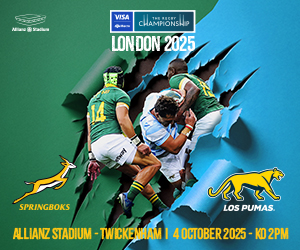













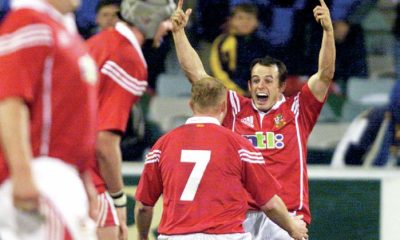

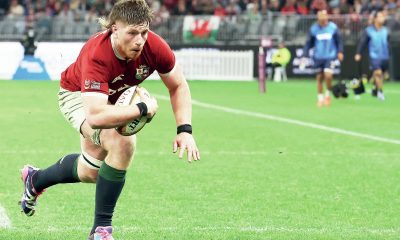

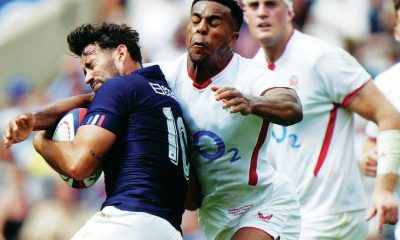

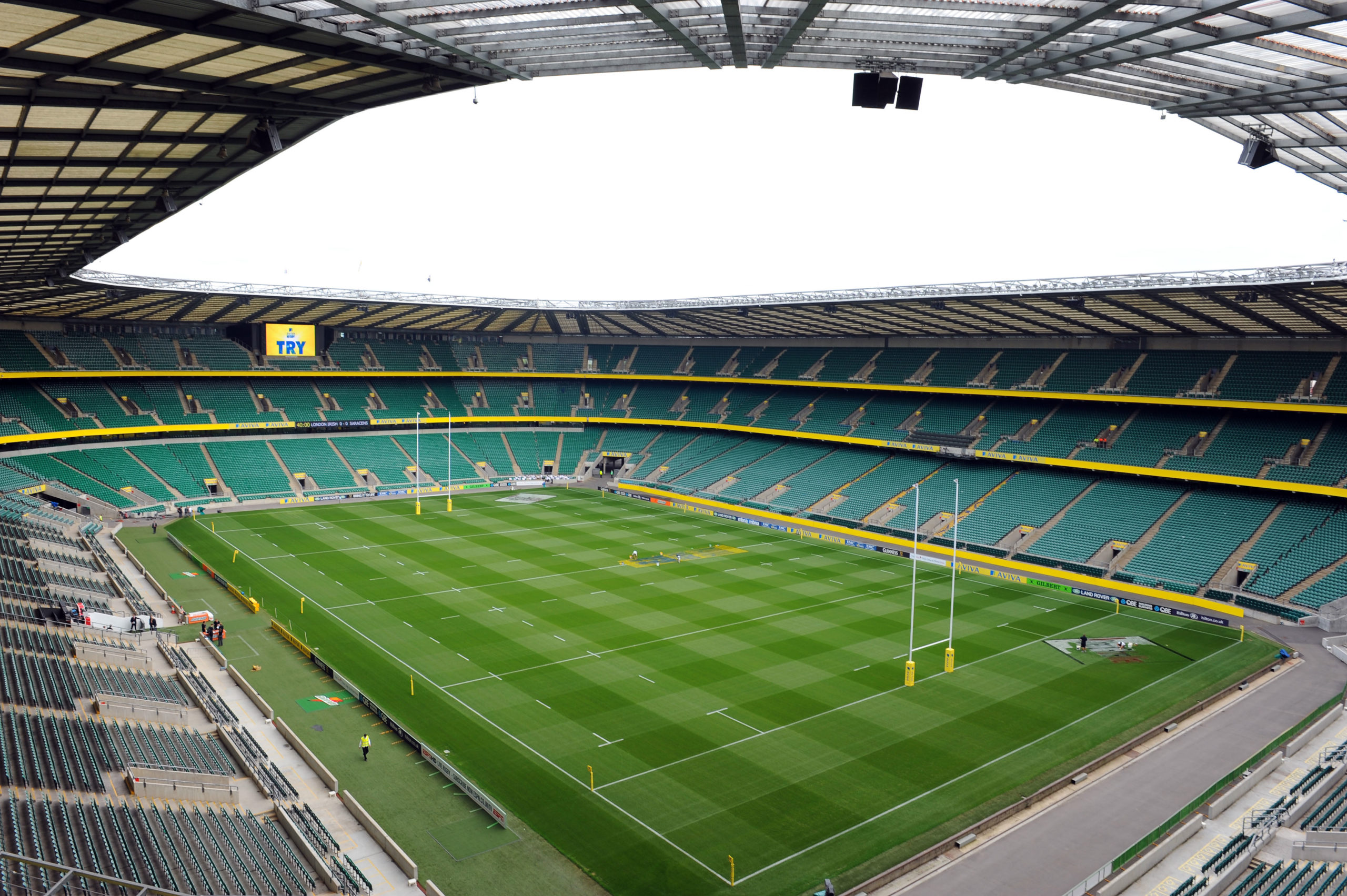

Pingback: ดูซีรี่ย์